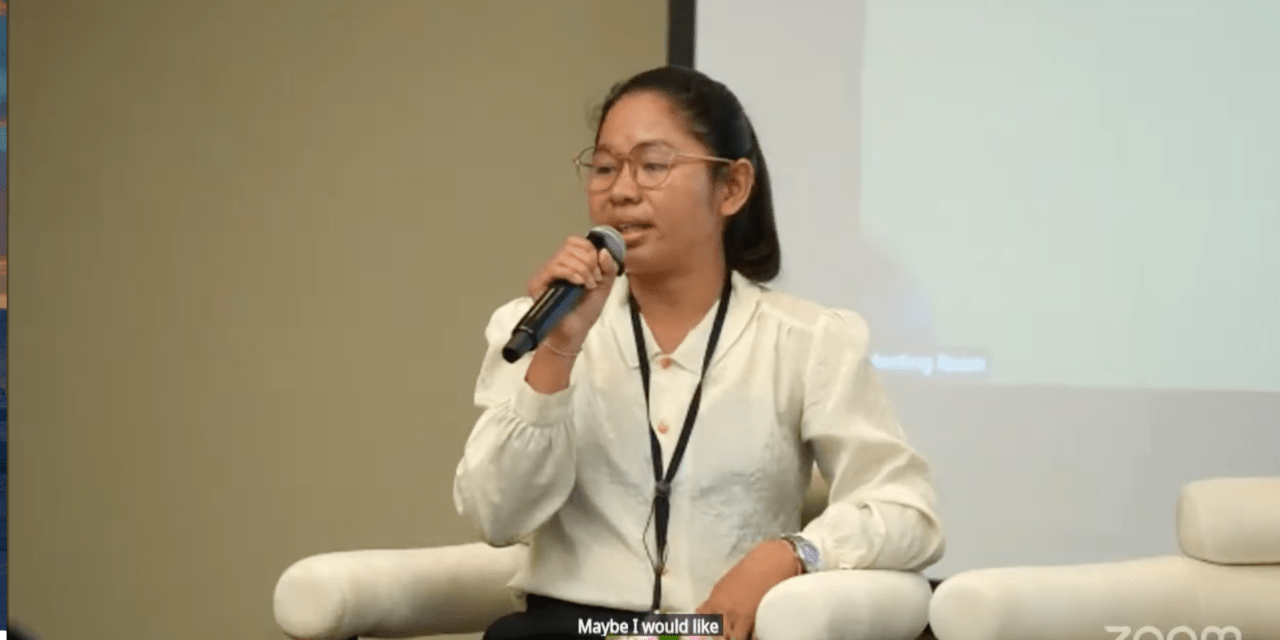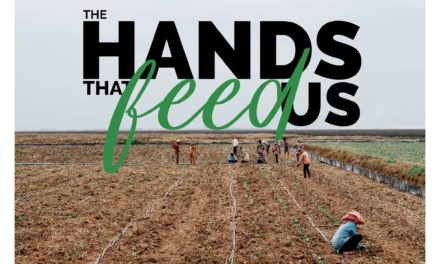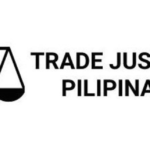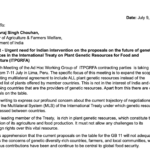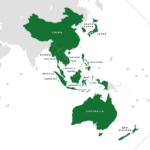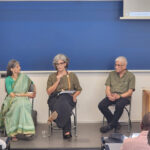“Cambodian workers are supposed to be the backbone of the economy,” she said. “But we still face so much hardship—and we pay more than the rest of society for basic things like health, water, and electricity.”
For nearly three decades, Cambodia’s garment industry has been at the heart of its economic growth strategy. Backed by neoliberal reforms and a flood of foreign investment, the sector now hosts over 1,000 factories and employs almost a million workers—90% of whom are women, many of them migrants from rural provinces. But this growth has come at a steep cost for the workers whose labor powers the industry.
Short Contracts, Long Struggles
One of the most pressing issues, Phorng explained, is the increasing casualization of labor. Short-term contracts—once renewed annually—have now shrunk to just three months, and in many cases, even less.
“In some factories, women workers are made to sign contracts for only one or two months,” she said. “That means if you get pregnant, forget it. You won’t be re-signed. You’ll lose your job.”
These precarious contracts not only undermine labor rights, but they also attack women’s reproductive rights and broader aspirations. “You don’t dare join a union. You don’t go to school. You can’t plan your life,” she added. “You’re always afraid.”
The factory floor itself is shaped by a production system that pits workers against each other. Competitive quota systems, driven by models like “lean system,” force workers to produce more in less time—at the expense of their health, dignity, and solidarity.
“You get blamed by your coworkers if your line doesn’t meet the quota,” said Phorng. “You start seeing each other as the problem, instead of the system that’s exploiting all of us.”
The pressure is relentless. Toilet breaks are restricted. Water consumption is discouraged. “You can only go once or twice a day,” she said. “So you drink less water. That affects our reproductive health—and our mental health too.”
A Raise on Paper, A Cut in Reality
Even when wages go up on paper, the gains don’t reach workers. Cambodia’s minimum wage was recently raised to $208 per month, but Phorng pointed out that this triggered a domino effect of new deductions and cost increases.
“Landlords immediately raise the rent—two, three, even five dollars more per room,” she explained. “And inside the factory, they cut bonuses or suspend some groups of workers. Then they increase the quota, so you have to work many functions even harder just to keep the same pay.”
Workers live in overcrowded, poorly maintained rental units. “The rooms are stuffy, with no ventilation. When it rains, they flood,” she said. “The water is polluted. The toilets are shared by hundreds. And if your belongings are stolen, you can’t really report it. You just try to move on.”
Despite their critical role in driving Cambodia’s economy—garment exports make up a significant share of the national GDP—these workers are treated as disposable.
“Society sees us as low class. When there is harassment or violence, it’s normalized. If a woman reports sexual harassment, they ask, ‘Why were you harassed?’ Like it’s our fault.”
Debt, Informality, and Subcontracted Exploitation
A significant burden faced by garment workers is debt. A study conducted by a collective of NGOs in Cambodia found that 91% of workers are in serious debt, often to both commercial banks and private moneylenders.
“Private lenders charge 5% to 20% interest per month,” said Phorng. “It’s huge. And the organizations that tried to raise this issue faced pressure. Even doing research is dangerous.”
To make things worse, many investors are turning to subcontracting—outsourcing production to smaller, informal sweatshops that evade labor laws and inspections.
“These small sweatshop don’t care about labor rights, don’t contribute to social security, and are nearly impossible to track,” she said. “And they are often the only option for older women workers who can’t get hired in the big factories anymore. These are the most exploitative places.”
Organizing from the Ground Up
In the face of these systemic challenges, the Worker’s Information Center is building power from the ground up. Their approach is grounded in organizing, education, and creating spaces where women workers can build community and collective strength.
“We work directly with the workers. We set up drop-in centers where they can learn about their rights, share experiences, and build networks,” said Phorng. “It’s a space for solidarity.”
WIC also engages with unions, local authorities, and national ministries. “We host community forums, invite local officials to hear about workers’ living conditions. Sometimes, we organize worker forums and bring in representatives from different ministries.”
At the same time, they are working to hold global brands accountable. “We also deal with the brand companies. Because they are part of the system, too.”
Connecting Struggles Across Borders
Phorng’s participation in the Global Finance: Crisis and Response workshop was part of a broader effort to link frontline struggles across sectors and countries—from labor and food systems to land, climate, and finance. The three-day gathering in Bangkok brought together activists from Cambodia, Thailand, the Philippines, India, Sri Lanka, Bangladesh, Indonesia, and Nepal to reflect on how global financial structures shape everyday crises—and how to resist them.
In that space, Phorng’s words rang with clarity and urgency. “This is not just about one factory or one country,” she said. “This is about a system that pushes people to the bottom while pretending to lift them up.”
Despite the weight of exploitation, surveillance, and repression, Sot Phorng’s voice was steady, full of resolve.
“We keep organizing,” she said. “We keep building solidarity. Because we are still here. We are still fighting.”

